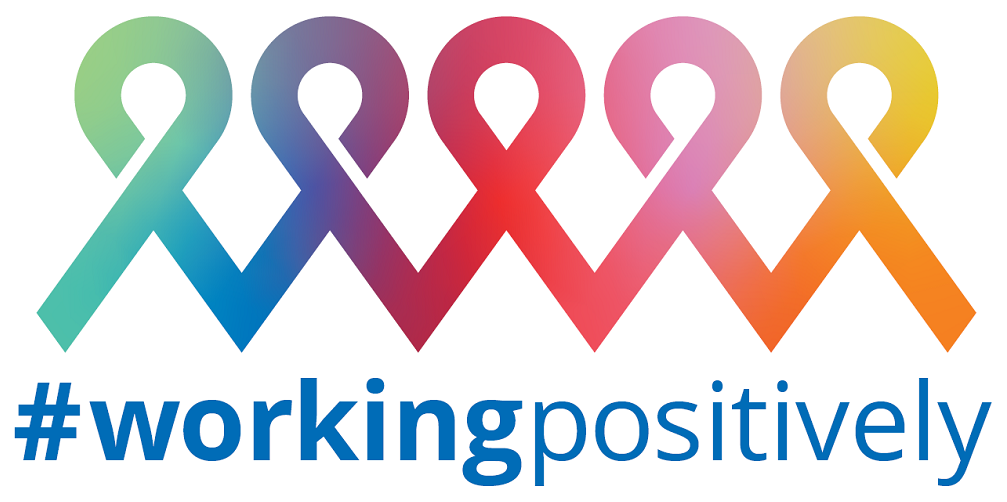Blockchain
How Hyperledger Fabric Brought Blockchain to Business
February 5, 2018 | Written by: Gari Singh
Categorized: Blockchain
Share this post:
When our team at IBM first approached our friends at the Linux Foundation with a proposal to create an open source project for blockchain technology for business, it became immediately clear that we had a shared vision from the start. That vision was that blockchain has tremendous potential, but that enterprises need a modular, open source permissioned framework running independently of cryptocurrency and mining.
The Linux Foundation’s popular project, Hyperledger, was born of this vision and three years later, a growing army of forward-looking companies and developers are now working together on the Hyperledger Fabric enterprise blockchain framework, creating hundreds of projects, prototypes, proofs-of-concept and production systems around the world.
How Hyperledger Fabric has been built for business
Cryptocurrencies have gotten much of the blockchain press. But Hyperledger Fabric is the first distributed operating system for permissioned blockchains built specifically for business. You can review the framework in detail in this science paper from IBM Research. But let’s summarize key attributes here:
• Hyperledger Fabric is modular, extensible and scalable: Businesses need more than “one-size-fits-all” solutions. So each blockchain component built on Hyperledger Fabric — distributed ledgers, consensus protocols, membership services, smart contracts and much more — is plug-and-play, running independently of other components. This built-in modularity not only enables system privacy and resiliency, but also extensibility and scalability required to meet specific business needs. Applications are already being tailored to particular uses cases like food safety, logistics, manufacturing, financial services, healthcare and many others.
• Hyperledger Fabric is Open Source: For a technology such as blockchain to be truly successful, it cannot be controlled or delivered by a single vendor, but rather it must be a shared community asset whose direction is determined by a diverse community of engineers. With more than 180 companies behind Hyperledger, and 28 different companies and 159 engineers participating in the release of Hyperledger Fabric 1.0 alone, the numbers keep growing. It’s also the first framework to run applications written in general-purpose programming languages, without depending on a particular system or cryptocurrency. It’s true collaboration and development transparency. Plus, the fact that it’s hosted and governed by The Linux Foundation means there is true collaboration and development transparency.
• Hyperledger Fabric is permissioned: One of the first rules of business is to know who you’re doing business with. Hyperledger Fabric’s permissioned framework means that all participants in a blockchain network are known to one another, and in the case of a private permissioned network, membership may be by invitation only. This compares to permission-less blockchain platforms, where network members can remain anonymous.
• Hyperledger Fabric doesn’t rely on cryptocurrency or mining: Different blockchains have different methods of participation for their members. Bitcoin, for example, relies on financially incentivizing participants to solve complex mathematical problems, requiring significant time, computing power and energy. In Hyperledger Fabric, participants work together around a common cause or goal—moving goods more efficiently, sharing patient data more securely, ensuring food safety and much more. These systems require far fewer resources, making them far more efficient for business.
Processing speed is key to blockchain for business. But the latency and energy consumption required to generate tokens with cryptocurrency have caused confusion and even concern in the market. While mining isn’t required in Hyperledger Fabric, the technical community has struggled with comparisons between the framework’s processing speeds and token-based blockchain technologies.
In order to test our assertions, we decided to create an experiment with Hyperledger Fabric which demonstrates an exchange of value flow. Levering the extensibility and modularity of Hyperledger Fabric, we built an Unspent Transaction Outputs (UTXO) model to track the balances of a purely conceptual token we minted. This put the framework’s performance in the context of other permissioned blockchains, often derived from Bitcoin or Ethereum. The results? Hyperledger Fabric performed at a rate of more than 3500 transactions per second with 300 to 400 millisecond latency.
This type of innovative thinking is indicative of how fast the market is moving. And even though Hyperledger Fabric doesn’t rely on cryptocurrency or tokenization, we recognize that tokens have strong applicability for certain use cases and are open to leveraging them when business needs indicate.
Hyperledger Fabric — driven by collaboration and built for business — has come a long way since our early conversations with the Linux Foundation. Read “Hyperledger Fabric: A Distributed Operating System for Permissioned Blockchains,” our latest whitepaper from IBM Research.

Distinguished Engineer, CTO - IBM Blockchain
Making the workplace safe for employees living with HIV
The recent promising news about Covid-19 vaccines is in sharp contrast to the absence of a vaccine for HIV, despite decades of research. Unlike Covid-19 with a single viral isolate that shows minimal diversity, HIV circulates in a wide range of strains that so far have proven impervious to a single vaccine. Fortunately, more people […]
Call for Code for Racial Justice Needs You: Join the Movement
IBM has never avoided taking on big challenges. At IBM, we are privileged to drive impact at scale. We take on challenges that transform our clients, impact people’s lives and innovate for future generations as we strive to effect systematic societal change. Over the course of our 109-year history, the evidence has become clear that […]
A New Wave: Transforming Our Understanding of Ocean Health
Humans have been plying the seas throughout history. But it wasn’t until the late 19th century that we began to truly study the ocean itself. An expedition in 1872 to 1876, by the Challenger, a converted Royal Navy gunship, traveled nearly 70,000 nautical miles and catalogued over 4,000 previously unknown species, building the foundations for modern […]


